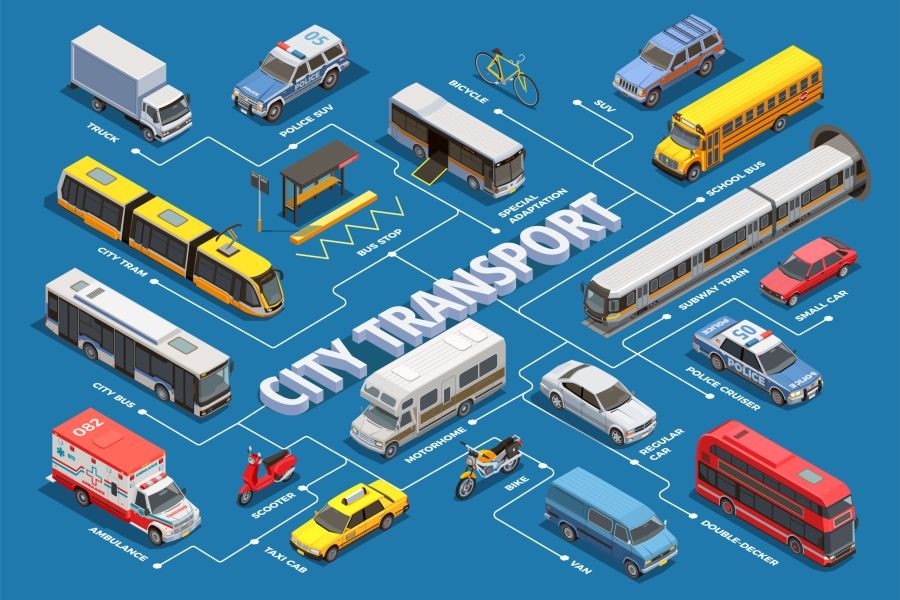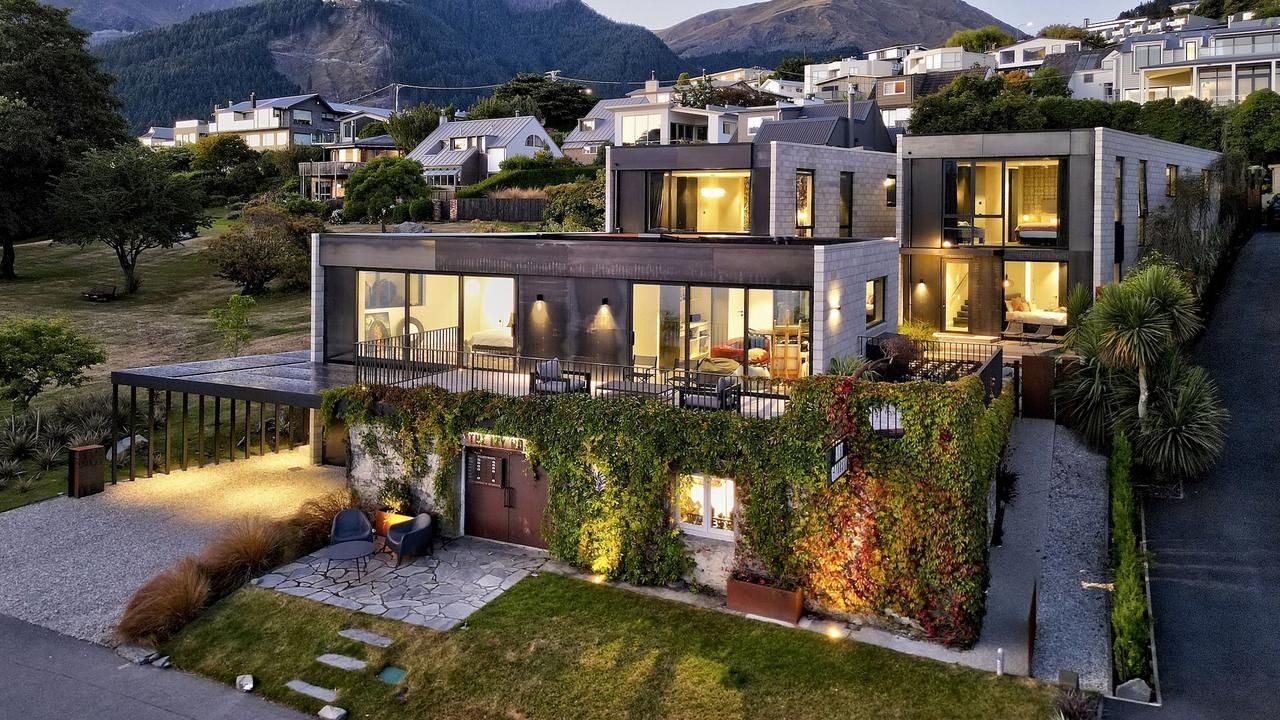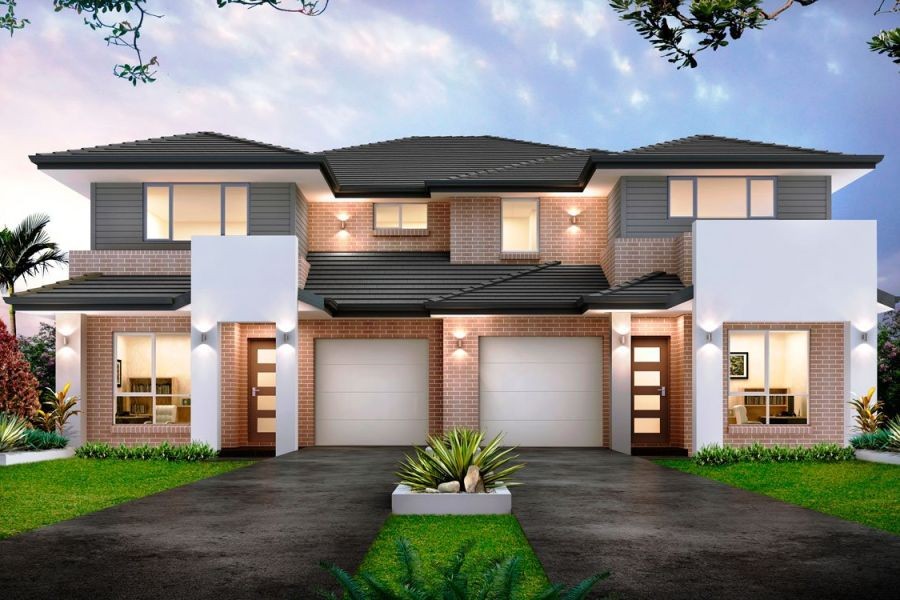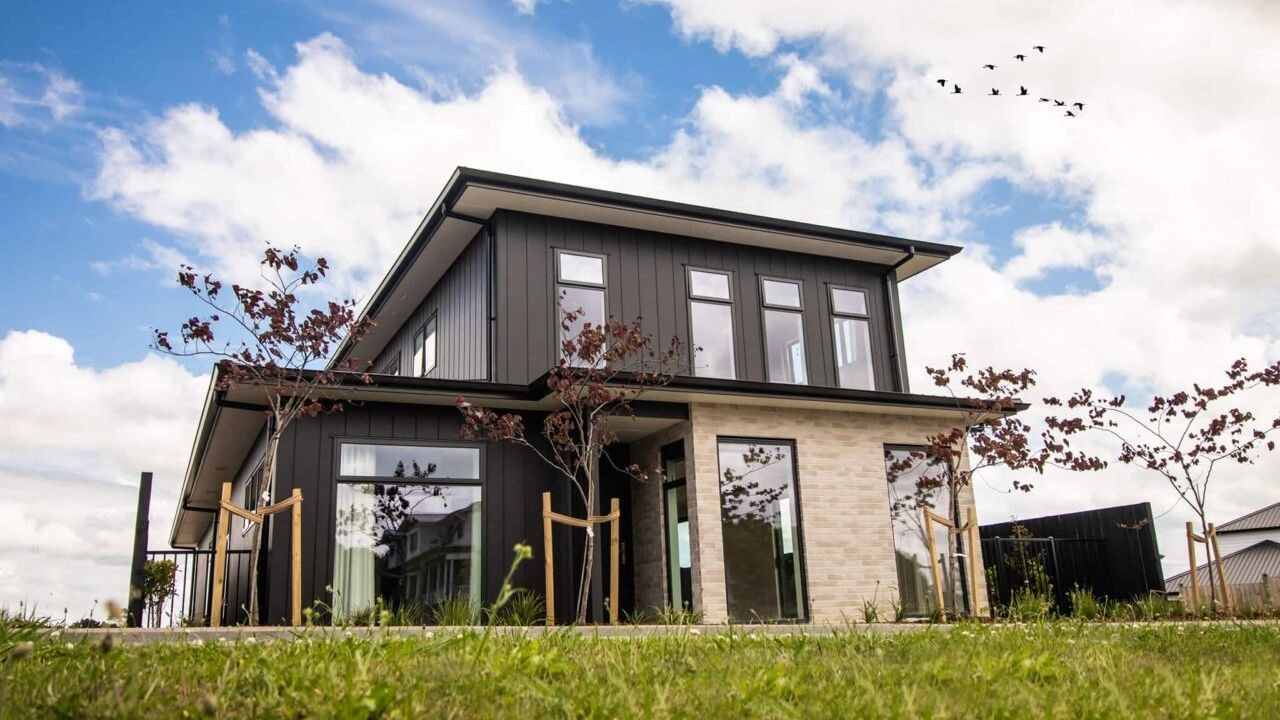In the lush, green landscapes of New Zealand, the conversation around sustainability has never been more crucial. As the nation grapples with the impact of climate change, the construction industry stands at the forefront of a pivotal transformation. Designing buildings that reduce carbon emissions is not just an environmental imperative; it’s an economic opportunity for New Zealand, a country where construction contributes significantly to GDP. According to Stats NZ, the construction sector alone accounted for 6.9% of the nation's GDP in 2022. This sets the stage for sustainable building practices to make a tangible impact on both the economy and the environment.
But how can architects, builders, and policymakers work together to achieve this? The answer lies in innovative design, cutting-edge technology, and a commitment to sustainable practices. Join us as we explore how to design buildings that reduce carbon emissions, specifically in the context of New Zealand.
Understanding the Carbon Footprint of Buildings
Buildings are significant contributors to carbon emissions, primarily through their construction, operation, and eventual demolition. The Energy Efficiency and Conservation Authority of New Zealand reports that buildings account for about 20% of the nation's energy use, which translates directly into emissions. To reduce this footprint, New Zealand must adopt strategies that address both embodied and operational carbon.
Embodied carbon refers to the greenhouse gases emitted during the construction phase, while operational carbon encompasses the emissions produced during a building's use. By focusing on materials, energy efficiency, and design innovations, New Zealand can significantly cut down these emissions.
Local Policies: A Foundation for Sustainable Building
New Zealand's government has shown commitment to sustainability through various policies. The Building for Climate Change program, introduced by the Ministry of Business, Innovation, and Employment (MBIE), aims to reduce emissions in the building sector. This initiative sets targets for reducing the lifecycle emissions of buildings, focusing on energy efficiency and material sustainability.
Moreover, the New Zealand Green Building Council’s Homestar rating system provides a framework for assessing the sustainability of homes. This system encourages the use of renewable energy sources, sustainable materials, and efficient water management. By aligning building designs with these frameworks, developers can ensure compliance with national sustainability goals.
Case Study: Te Kura Whare, Whakatāne
Te Kura Whare, a building in Whakatāne, serves as an exemplary model of sustainable design. As the headquarters for the Tūhoe tribe, it is New Zealand's first certified Living Building. The design emphasizes zero-carbon operations, utilizing solar panels and rainwater harvesting systems. By prioritizing local materials and community involvement, Te Kura Whare demonstrates how culturally integrated design can lead to sustainable outcomes.
The building's success underscores a critical lesson: sustainability can be achieved by merging traditional knowledge with modern technology. This approach not only reduces carbon emissions but also fosters community resilience and economic opportunities.
Pros and Cons of Sustainable Building Practices
While sustainable building practices offer numerous benefits, they also come with challenges that must be navigated.
Pros:
- Increased Property Value: Sustainable buildings often have higher resale values due to their energy efficiency and reduced operating costs.
- Environmental Benefits: Reduced carbon footprint and conservation of natural resources.
- Healthier Indoor Environments: Improved air quality and natural lighting contribute to better occupant health.
Cons:
- Higher Initial Costs: Sustainable materials and technologies can be more expensive upfront.
- Technical Complexity: Requires specialized knowledge and skills in design and construction.
- Regulatory Hurdles: Compliance with evolving regulations can be challenging and time-consuming.
Dispelling Myths: Sustainable Building in New Zealand
Several misconceptions hinder the adoption of sustainable building practices. Let's debunk some common myths:
Myth: Sustainable buildings are always more expensive.
Reality: Although initial costs may be higher, sustainable buildings often result in long-term savings through reduced energy and maintenance costs. A report from the New Zealand Green Building Council indicates potential savings of up to 20% over a building's lifecycle.
Myth: Sustainable design is only about energy efficiency.
Reality: While energy efficiency is crucial, sustainable design also encompasses water conservation, material choice, indoor environmental quality, and resilience to climate change.
Future Trends: The Path Forward for New Zealand
Looking ahead, the future of sustainable building in New Zealand is promising. With advancements in technology, such as 3D printing and modular construction, buildings can be constructed more efficiently and with less waste. Additionally, the integration of artificial intelligence in building management systems offers the potential for even greater energy savings.
By 2030, it is projected that over 50% of new constructions in New Zealand will incorporate net-zero energy designs, aligning with global shifts towards carbon neutrality. This transition not only addresses environmental concerns but also positions New Zealand as a leader in sustainable innovation.
Final Takeaways
- Embrace local policy frameworks like the Building for Climate Change program to guide sustainable building practices.
- Consider both embodied and operational carbon to comprehensively reduce emissions.
- Look to successful case studies, such as Te Kura Whare, for inspiration and practical strategies.
As New Zealand continues to pave the way for sustainable building, the collective effort of architects, builders, and policymakers will be crucial. By committing to sustainable practices, we can create a built environment that not only reduces carbon emissions but also enriches our communities and economy.
What are your thoughts on the future of sustainable building in New Zealand? Share your insights below!
People Also Ask
- How do sustainable buildings impact New Zealand's economy? Sustainable buildings can lead to long-term cost savings and increased property values, stimulating economic growth and job creation in the construction sector.
- What are the challenges of implementing sustainable building practices in New Zealand? Challenges include higher initial costs, technical complexity, and navigating regulatory requirements, but these are offset by long-term benefits.
- What trends are shaping the future of sustainable building in New Zealand? Emerging trends include the use of AI in building management, modular construction, and net-zero energy designs, driving innovation and environmental benefits.
Related Search Queries
- New Zealand sustainable building practices
- Carbon emission reduction strategies in construction
- Green building council New Zealand
- Building for Climate Change program NZ
- Net-zero energy buildings in New Zealand






























